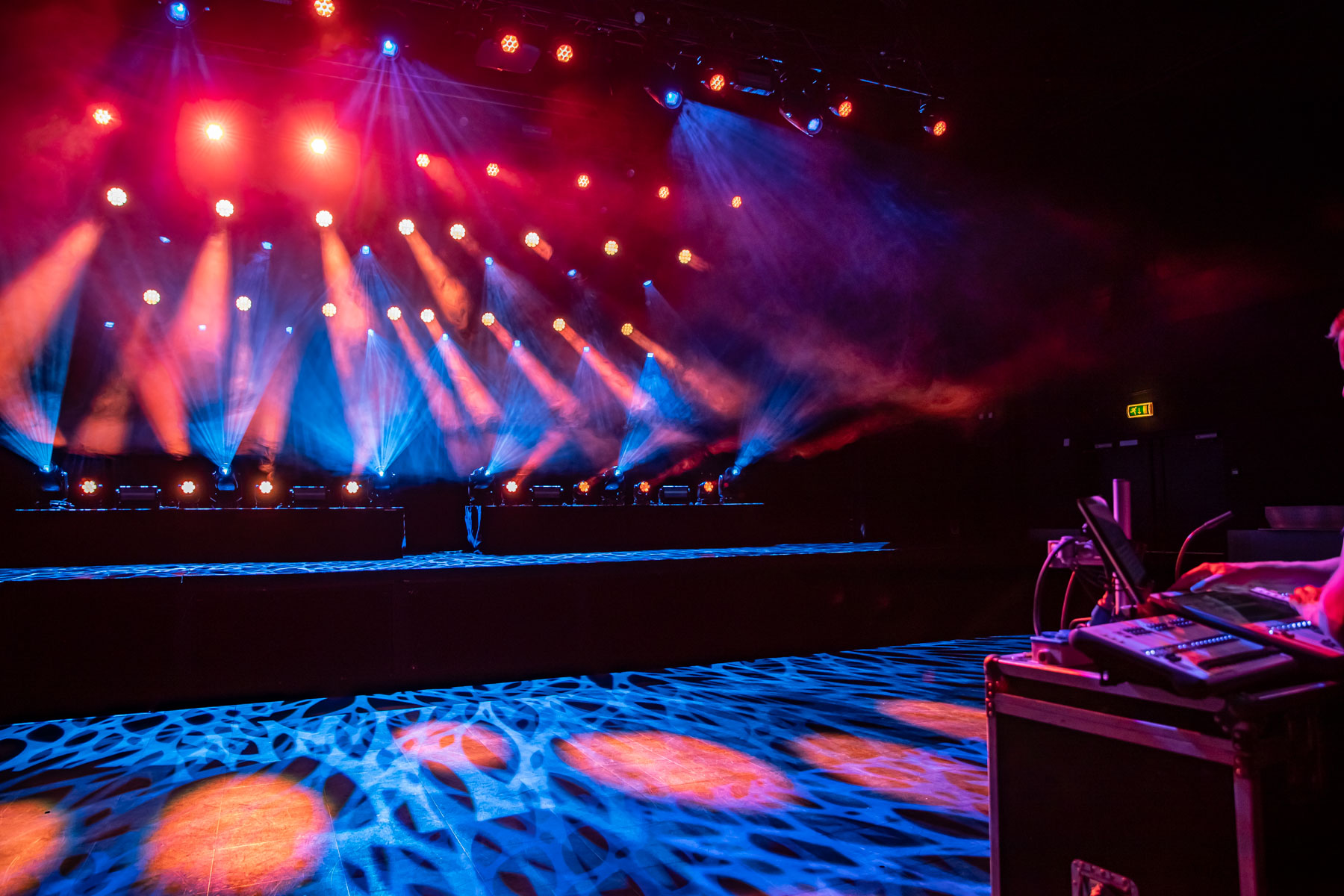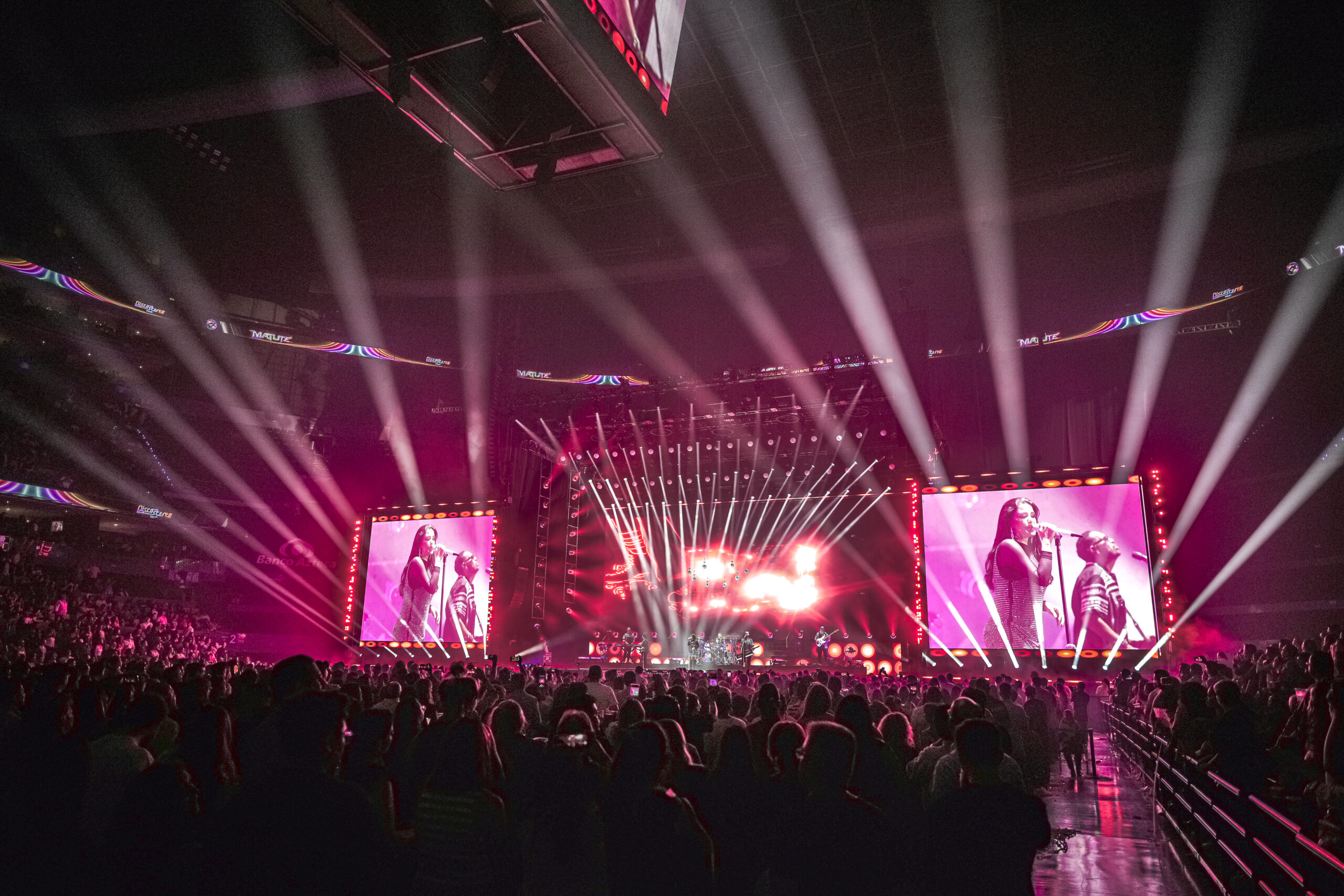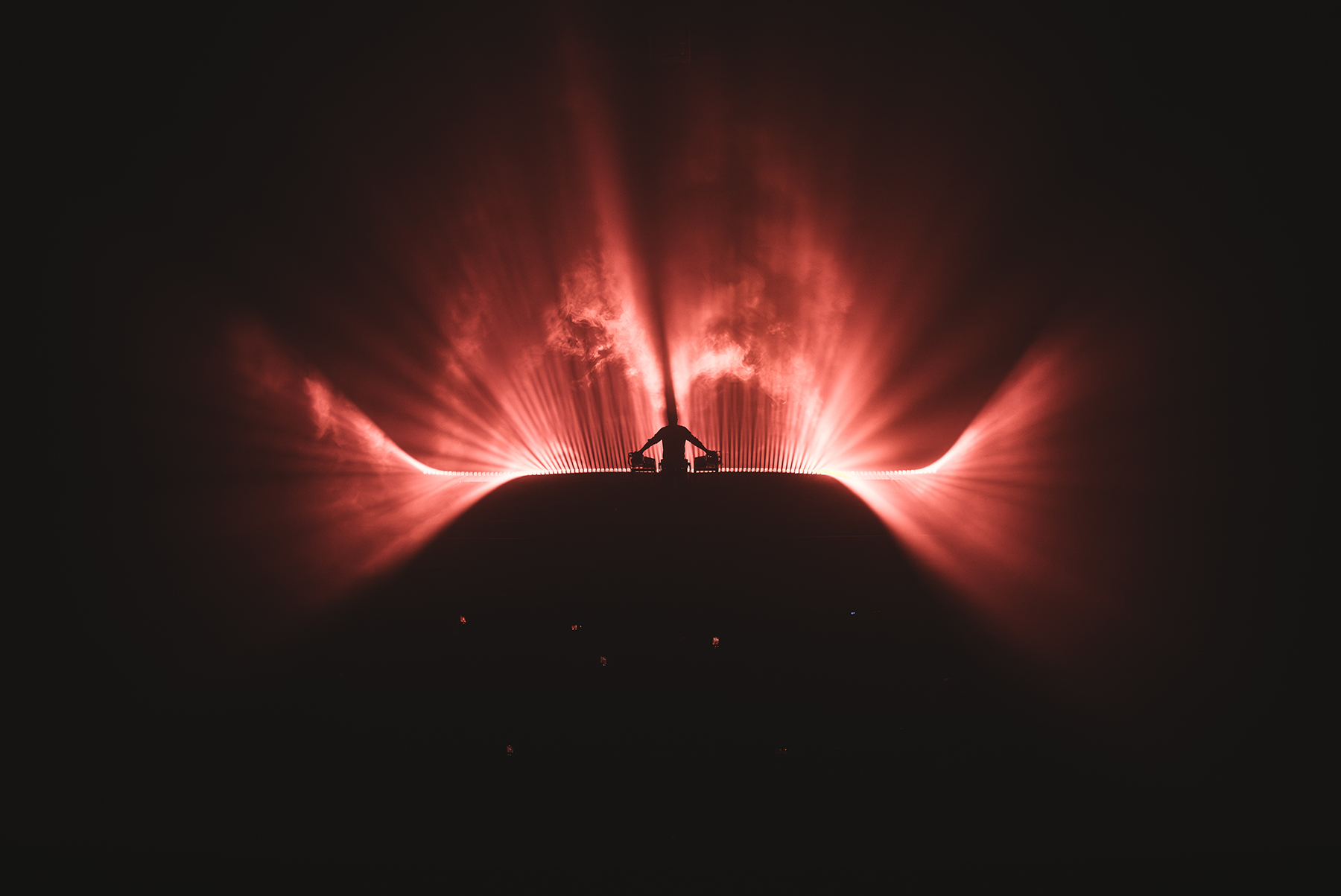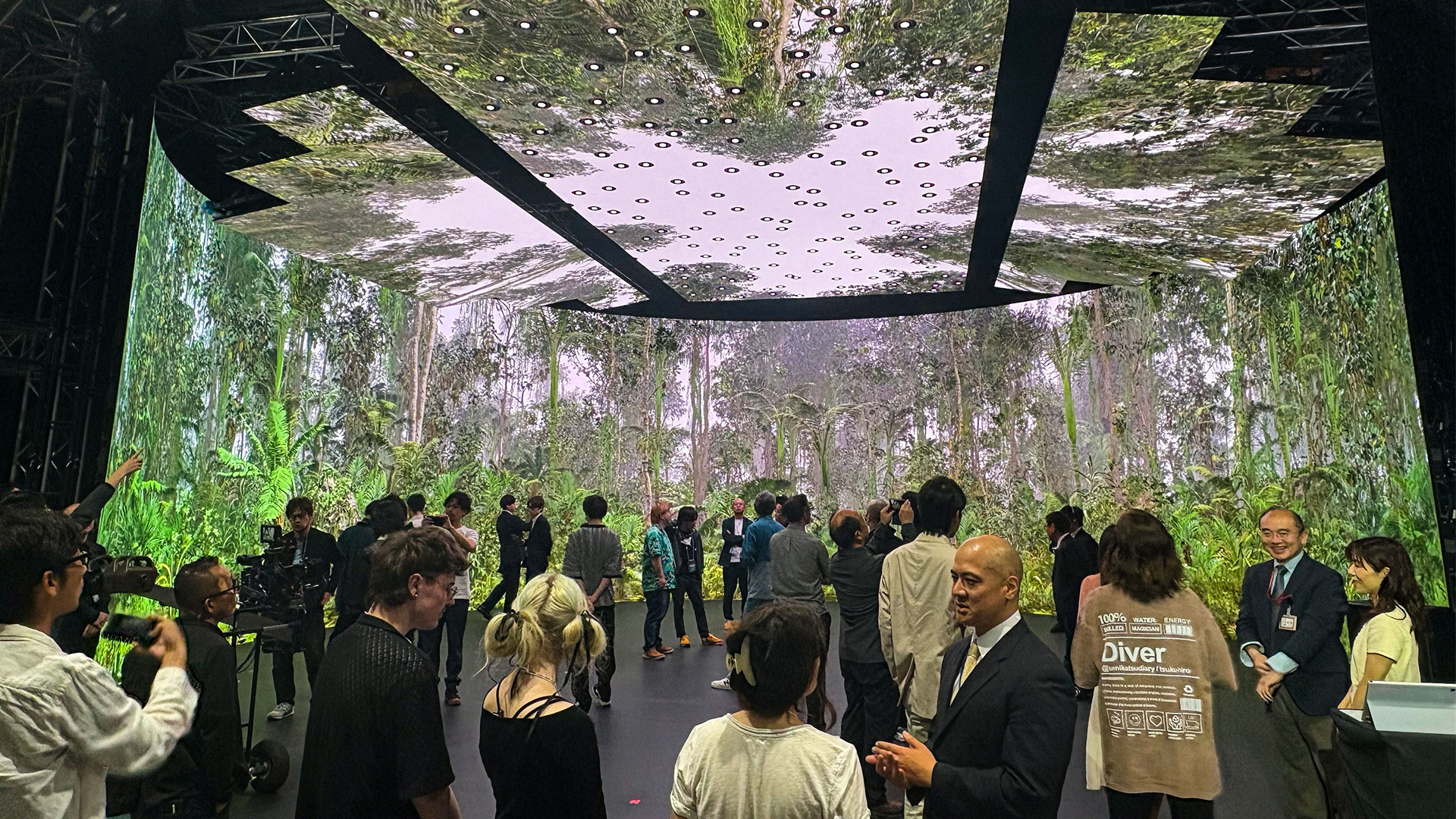LLANELLI, U.K. – Philips SSL worked with Lighting Technology Projects (LTP) to replace less-efficient and higher-maintenance sodium fixtures with Philips eW Reach Powercore LED fixtures for Tintern Abbey, Chepstow Castle, Caerphilly Castle, Castell Coch, Coity Castle, Llansteffan Castle, Kidwelly Castle and Swansea Castle, all Cadw Monuments in South Wales. Cadw, a division of the Welsh Assembly Government, holds responsibility for preserving and promoting the history and heritage of Wales. Philips' key account manager, Richard Williams got LTP involved in the project's early stages, and credited the company for both its professionalism and local knowledge. LTP's Terry Reeves, meanwhile, called the undertaking "an amazing project," for both the significance of the sites and the upgrades in efficiency.
Philips eW Reach Powercore products are the white light version of Philips SSL's flagship exterior architectural floodlight. These are currently the only LED fixtures incorporating Powercore technology and are powerful enough to illuminate large architectural façades with white light washes in color temperatures ranging from a warm 2700 K to a 4000 K 'neutral white'.
By integrating power and data management directly within the LED fixtures, Philips' Powercore technology eliminates the need for the external low-voltage power supplies and special cabling that had been required for LED lighting systems. Reducing the cost and complexity of the installation process, it also makes LEDs easier to use in existing lighting environments such as this.
The site work was co-ordinated by LTP's Jonathan Adkins, who also worked with two installation engineers.
Each location presents installers with a unique set of challenges. At Caerphilly Castle, for example, the crew was limited to boat-only access to rig the 15 neutral white eW Graze Powercore fixtures that light the exterior walls near the castle's large moat.
The eW Graze is a linear fixture optimized for this specific application, combining a low profile design with enhanced beam quality.
The interior castle walls are lit with 15 warm eW (essential white) Reaches. In contrast, the exterior walls are lit with 12 neutral white eW Reaches. For infill lighting, there are six warm white eW Blast Powercores.
All the fixtures are fitted into housed in special self contained hides, custom built to LTP's spec to guard against the weather and potential vandalism.
For control – at all sites – the new units are hooked into the existing lighting control systems and turned on and off either by time clock or photo cell.
Tintern Abbey, situated on the Welsh bank of the River Wye in Monmouthshire, has been the source of inspiration to numerous artists, poets, writers and musicians since it was built in 1131.
LTP used eight warm eW Reaches around the outside facades to enhance the red stone with an ambient glow. The interior is lit by eight neutral eW Blasts, sunken into the ground, with a subtle differentiation in color temperature between the inner and outer shells of the building.
Castell Coch ('red castle' in English) is a 19th-century Gothic Revival Castle built on the remains of a 13th-century fort, just north of the Welsh capital of Cardiff.
The lighting requirements here were very simple, but precise, and achieved with the installation of five eW Reaches with wide angle lenses set to warm white, mounted on pivoting lamp-posts, which move up and down for access. The lenses were needed because of the close proximity of the fixtures to the steep walls.
It was also important in the new scheme to accentuate the red brick of the walls with a complimentary color temperature, and the building can be seen clearly from the M4 and other locations across the valley. The LTP team completed the bulk installation work here in one day on site, with a further evening for fine tuning and focusing.
Chepstow Castle is a Norman castle perched high above the banks of the river Wye in the town of Chepstow, southeast Wales. Construction began in 1067, shortly after William the Conqueror was crowned King of England, and it became the key launching point for expeditions into Wales.
One of its most prominent features is the hillside running down along one side, and the new lighting – eight eW Reaches mounted in cages around the front of the wall, plus another two washing the side wall elevation – enhances visibility of this part of the structure, and also allows the castle to be seen from the river.
This installation involved a simple swap-out between old and new lighting fixtures, and warm white was chosen to complement the yellow tone of the stone.
For more information, please visit www.paigroup.com.



